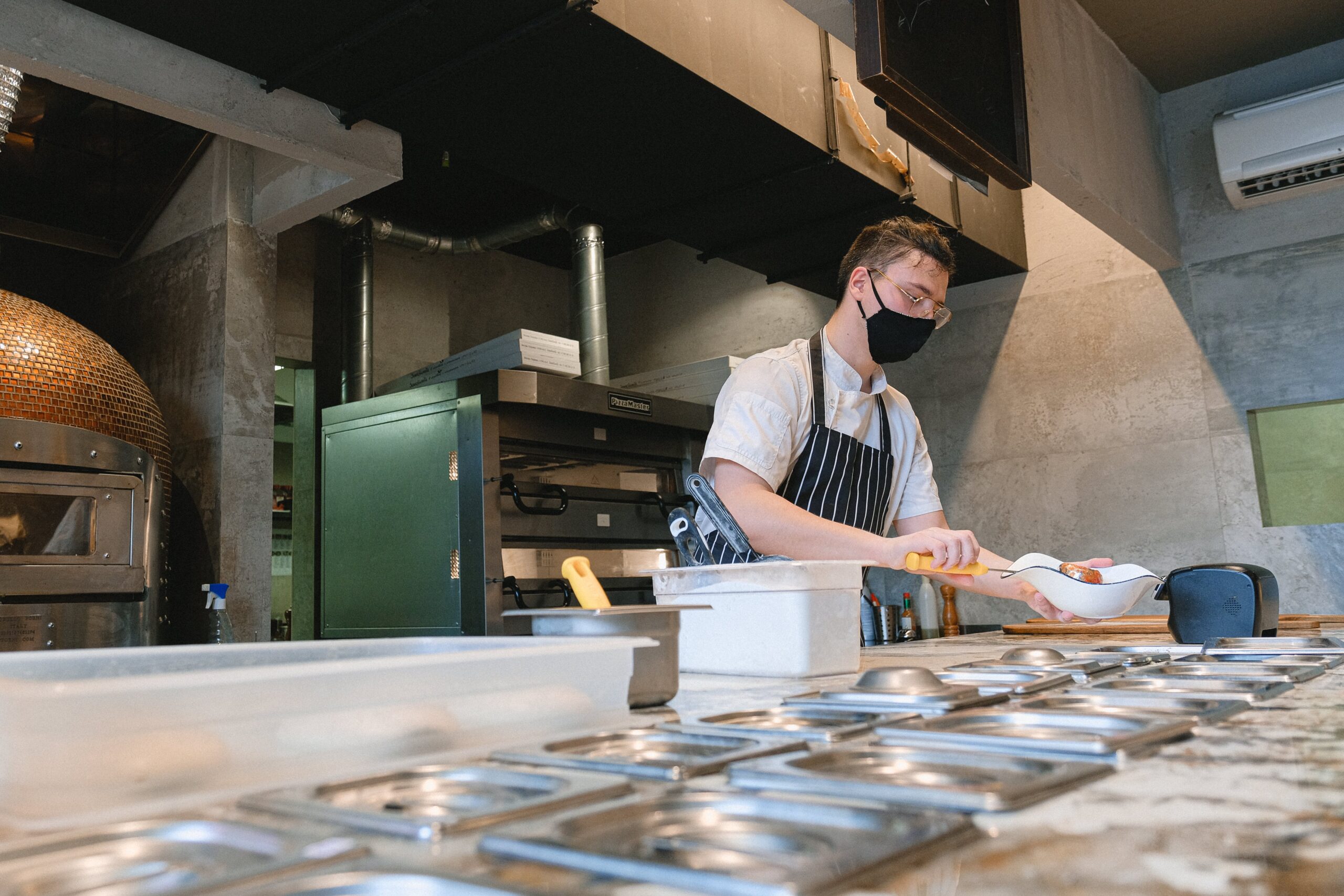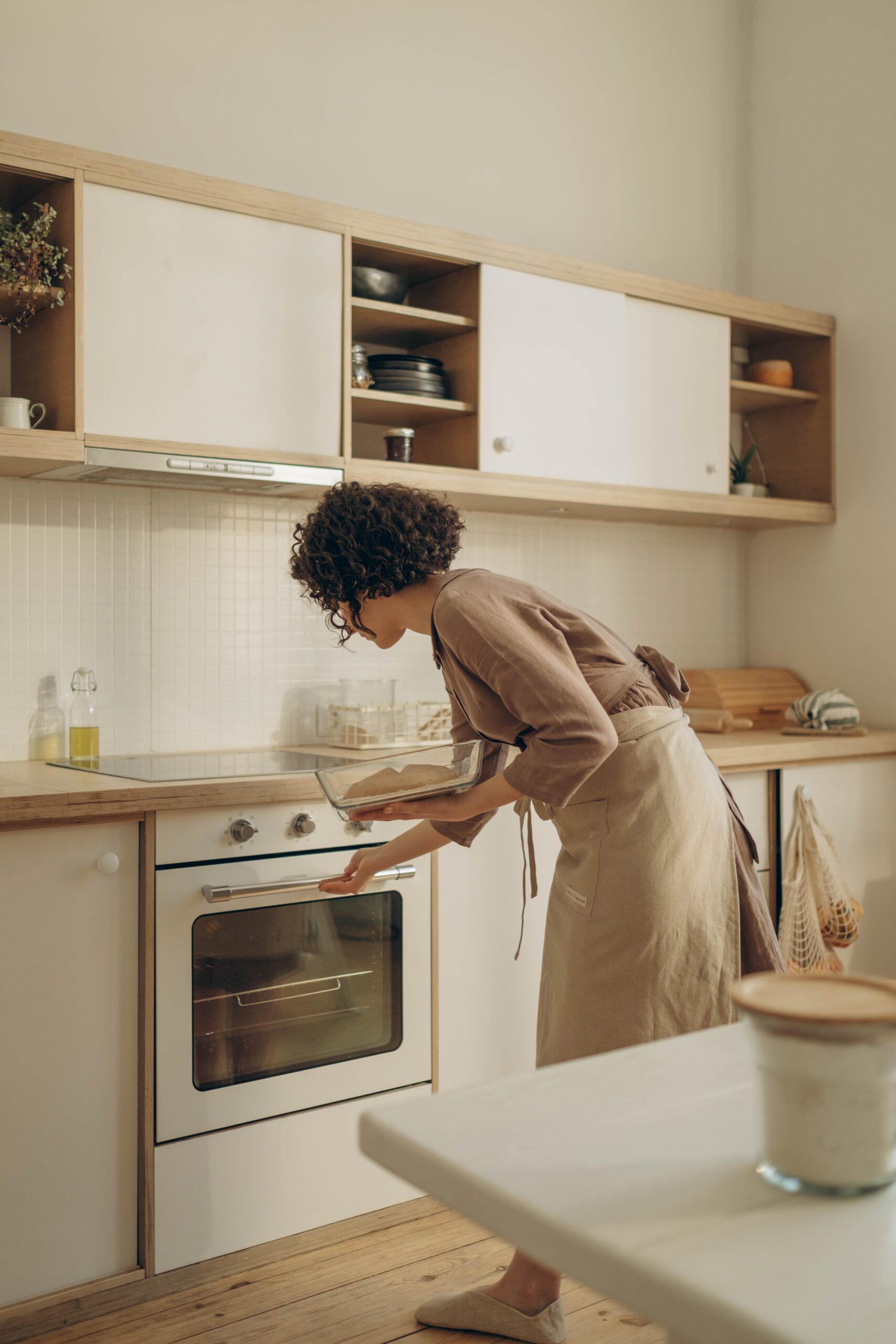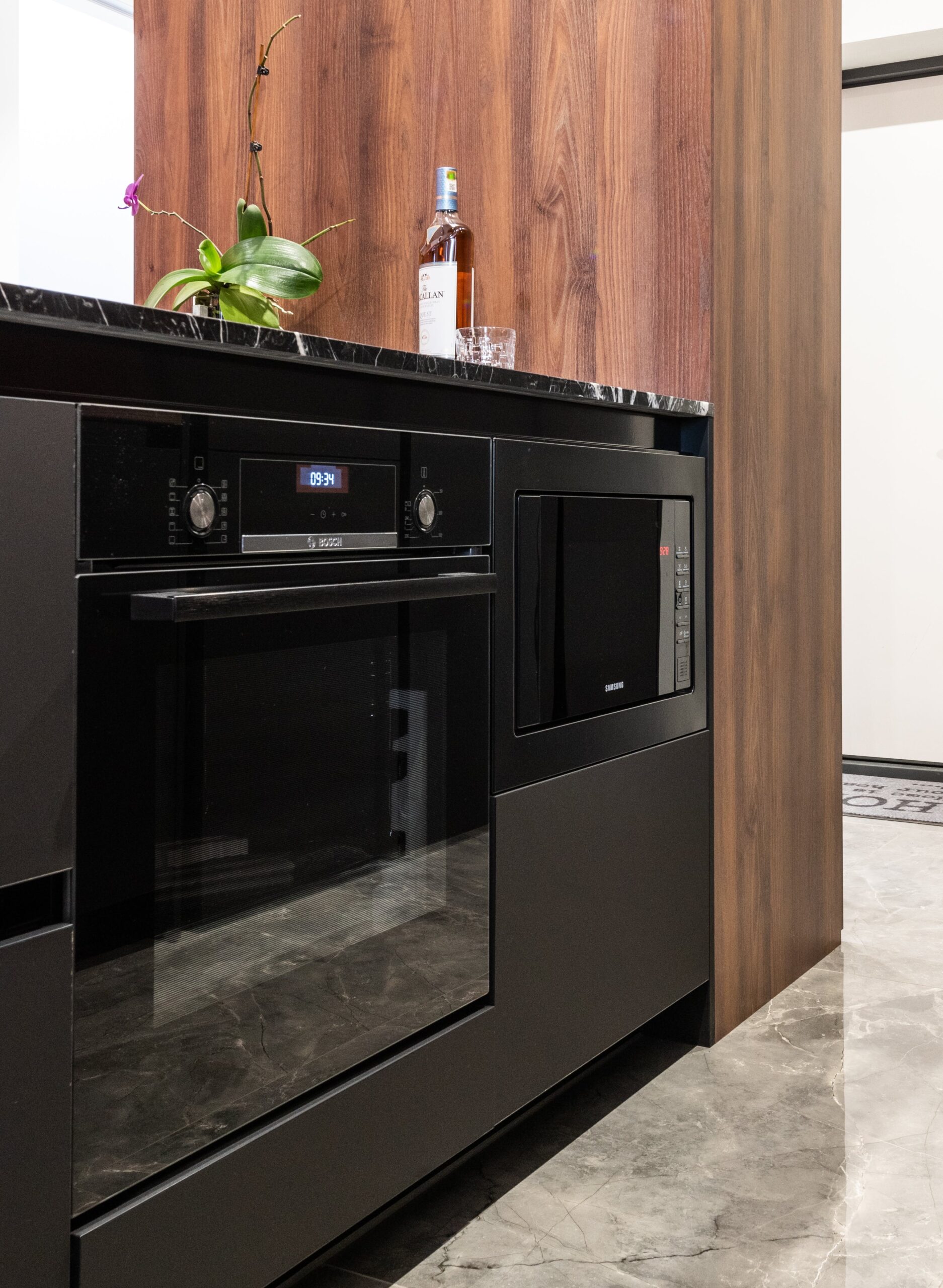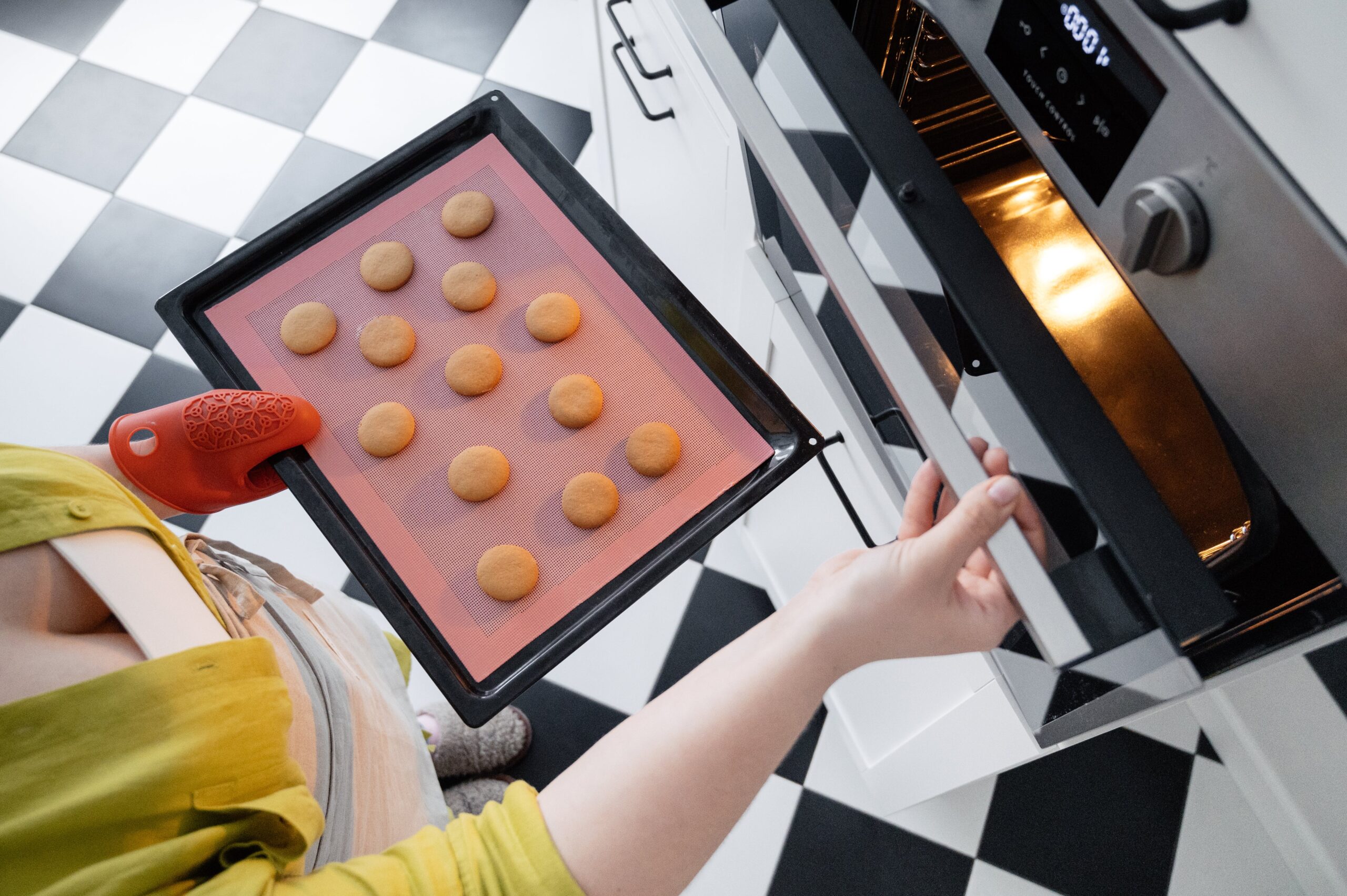Modern ovens have evolved into essential kitchen appliances in our fast-paced society. In addition to being a culinary powerhouse, it also plays a significant part in our daily lives by ensuring that we always have hot, scrumptious meals available. However, as our dependence on ovens increases, so does our energy consumption, so it is critical to look at methods to maximize this kitchen workhorse’s potential while reducing its negative effects on the environment. Set out on a mission to change the way we use ovens and prepare food with integrity.
How much energy does an oven use?
Depending on the type of oven and the functions we use to cook, a typical oven typically needs between 900 and 3,500 watts of power (W). For instance, a residential electric oven typically uses 1500 watts (W) of power.
To bake a cake in your oven for an hour, you would need to utilize 1500 watts per hour or 1.5 kW/h.
Tips for conserving energy when using your oven
Select a visible and well-insulated oven
With tight-fitting doors and seals, a well-insulated bake oven may drastically cut down on heat loss and energy use while improving heat-up times. In addition to being an energy-efficient light source, LED oven door lighting also helps you avoid heat loss by providing a good view of your items within the oven when you open the door to check on the quality or process.
Look for energy-saving components and features
Your budget can be positively impacted by quick preheating, nighttime dehydration programming, closed drain systems, and lambda sensor surveillance. You should also seek energy-saving options for the oven’s automated cleaning system to lower water, electricity, and chemical use.
Select an oven that complies with internationally recognized energy efficiency standards
Before investing, you may use this to compare its energy usage to that of other oven models or brands.
Prepare many dishes at once
Cooking many things in your oven at once is a fantastic method to conserve electricity without overloading it. The majority of household ovens have adequate areas to cook multiple items at once. You may save money, energy, and time in your kitchen by getting two things for the price of one.
Keep the door closed while cooking
Indeed, you might occasionally need to open the door to make sure your meal is coming out as you had hoped. However, by minimizing the number of times the oven door is opened during cooking, you may prevent the loss of heat and achieve a more effective and long-lasting usage.
Harness residual heat
The oven will continue to hold a lot of heat after you are done using it, so you may use it to reheat additional items. Use your oven’s remaining heat to reheat other foods rather than using the microwave to conserve electricity.
Turn off the oven 5 minutes before
You may also use the leftover heat by turning off the oven five minutes before your food is done cooking. You might save more than €3 every month by employing this straightforward tip, and the meal will be finished without losing any of its deliciousness thanks to the remaining heat.
Prepare meals in smaller portions
When baked in smaller quantities, the same amount of food cooks faster. A very easy technique to use your oven more efficiently while producing great results. Furthermore, if you have already established the portion proportions, it will be much simpler to serve meals.
Keep your oven in good condition
Two more elements that significantly increase the energy savings provided by this equipment are cleaning and maintaining your oven. The fan or thermostat might stop working or the door could stop closing completely with time.
In addition, heavy accumulations of dirt might prevent the resistor from heating up properly or prevent the gas burners from burning evenly throughout the oven.
You may increase your oven’s useful life and contribute to energy conservation by being careful with cleaning and doing minor inspections on the key components.
Use suitable baking containers
The container you choose will determine how much energy your oven uses per kW/h. For instance, ceramic or glass containers hold heat very well and can reduce the need to overheat the oven. Another illustration is metal baking pots, which heat up rapidly and are ideal for foods that need warmth in a hurry.
Pre-cook vegetables
One extremely clever approach to conserve energy is to boil veggies beforehand before baking them. This shortens the baking process and saves energy, and the results are fantastic.
When will using your oven be most affordable?
The least expensive times to use your electric oven are afternoon, during off-peak periods. to 8 a.m. Alternately, the flat-rate hours starting at 8 a.m. would be the optimum time to cook in your oven. from 2 p.m. to 10 a.m. to 6 p.m. afternoon and starting at 10:00 p.m. until midnight. Remember that off-peak times, which are available 24 hours a day, are the least expensive on weekends and holidays.
If you have a rate that differentiates between periods on the free market or the regulated market, these hours are the most suitable. Utilizing your oven will still allow you to save additional money. You may modify your habits to suit your requirements or lifestyle, based on the power rate you choose.
Oven types and energy efficiency
The advantages that each type of standard oven offers when compared to the others are described below.
Conventional
The greatest energy is used when cooking in conventional ovens. Similar to gas ovens, they operate with the exception that heat is generated by electrical resistors rather than burners in this instance.
-
Convection
Resistors are also used in this kind of oven to produce heat. The distinction is that a fan system forces hot air within the oven to circulate again, maximizing energy efficiency during baking.
Although at first, they were mostly used for oil-free frying, this kind of oven has recently gained a lot of popularity. They contain characteristics that enable the preparation of a huge range of foods and come in progressively greater sizes.
Microwaves
In this instance, the electromagnetic waves’ heat production is what gives them their nickname of “microwaves.” Microwave ovens may be used for much more than merely heating milk or leftovers, even though we are still hesitant to utilize them for more complex cuisine.
Although these ovens indeed have significant size and, more importantly, container type limits, they do utilize less energy overall.
Not all foods and recipes can be prepared in microwaves or convection ovens, even though they are excellent energy-saving alternatives to traditional ovens.
Typically, a regular oven is required for baking pastries, more complicated dishes, or meals for many guests. But it is always a good idea to keep them in mind when you experiment with new dishes in these more effective ovens.
Conclusion
Our investigation into energy efficiency and environmentally friendly oven usage highlights the tremendous impact of even slight modifications to our culinary techniques. We can all lower our carbon footprint and help create a better future by embracing energy-efficient equipment and adopting mindful cooking practices. This journey is part of a common commitment to save the environment, not only to reduce energy costs. We may enjoy the pleasures of our favorite foods and the satisfaction of knowing that we are preparing food for a better, more sustainable future when we cook as individuals, families, and communities.



